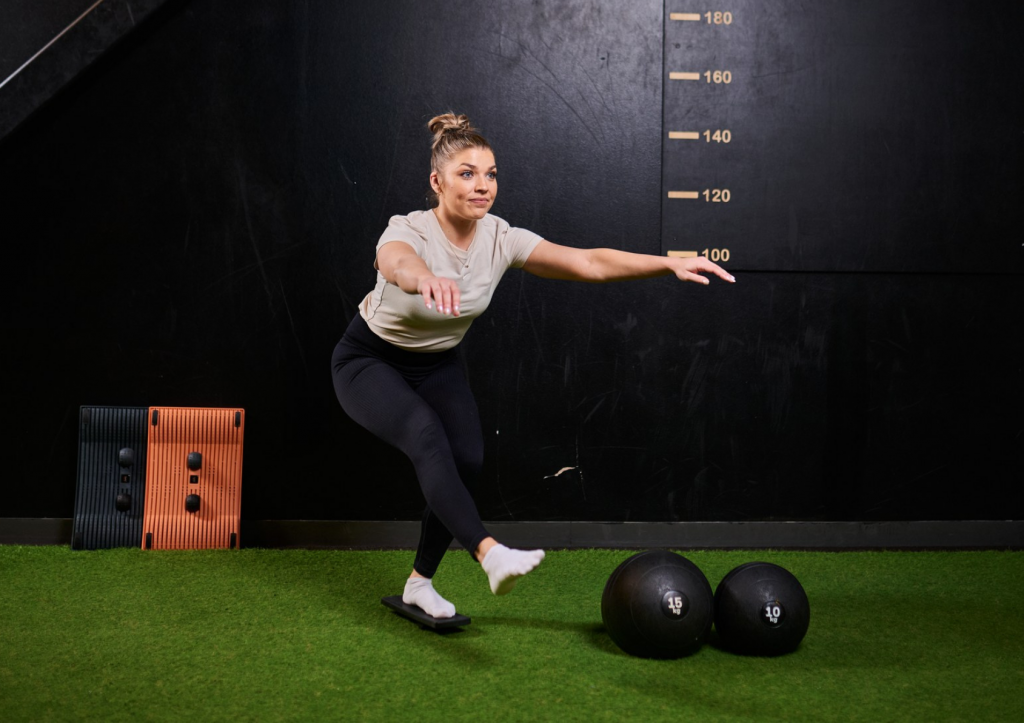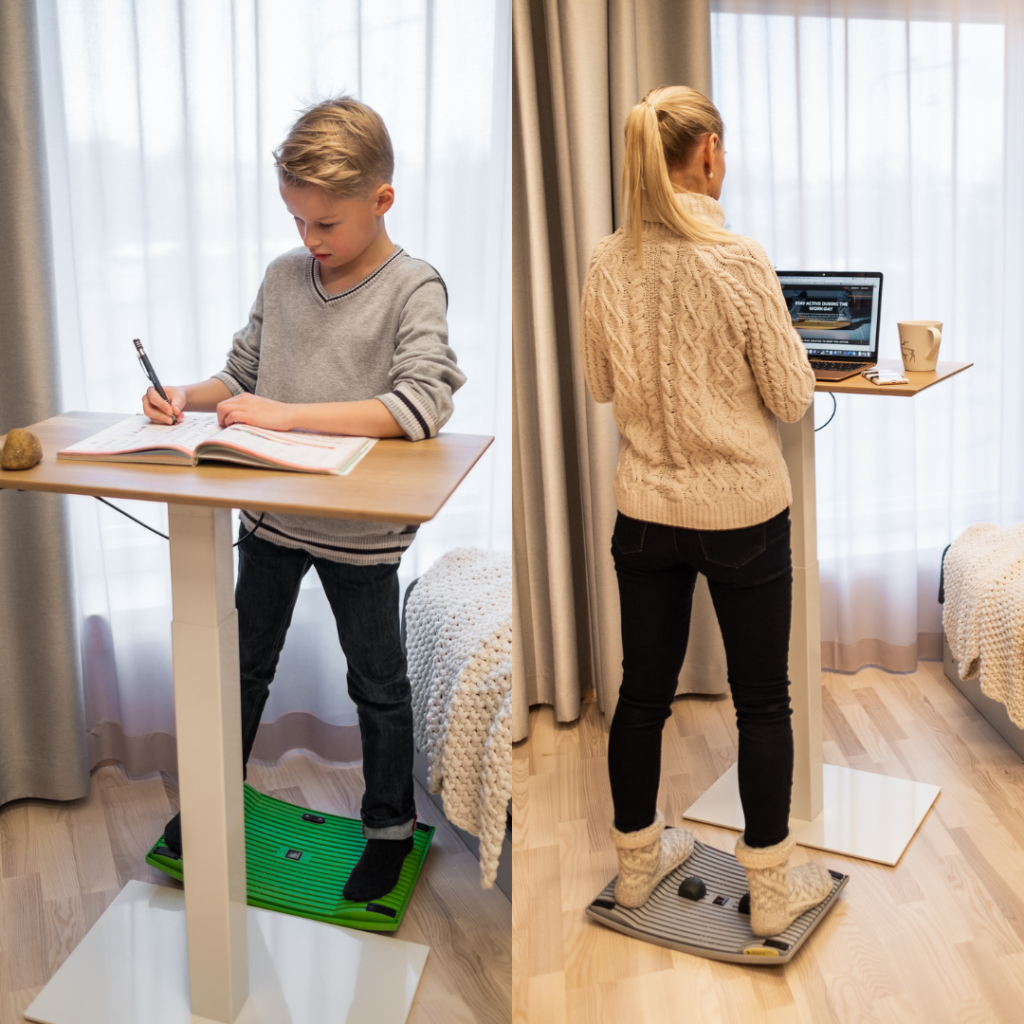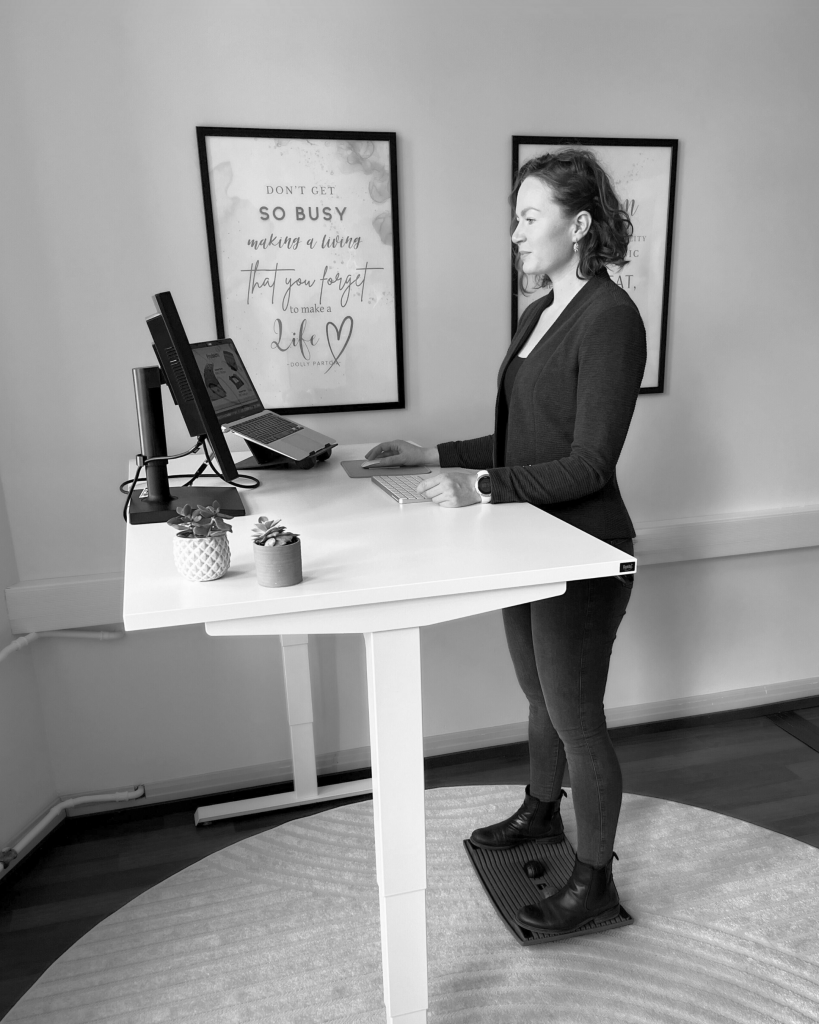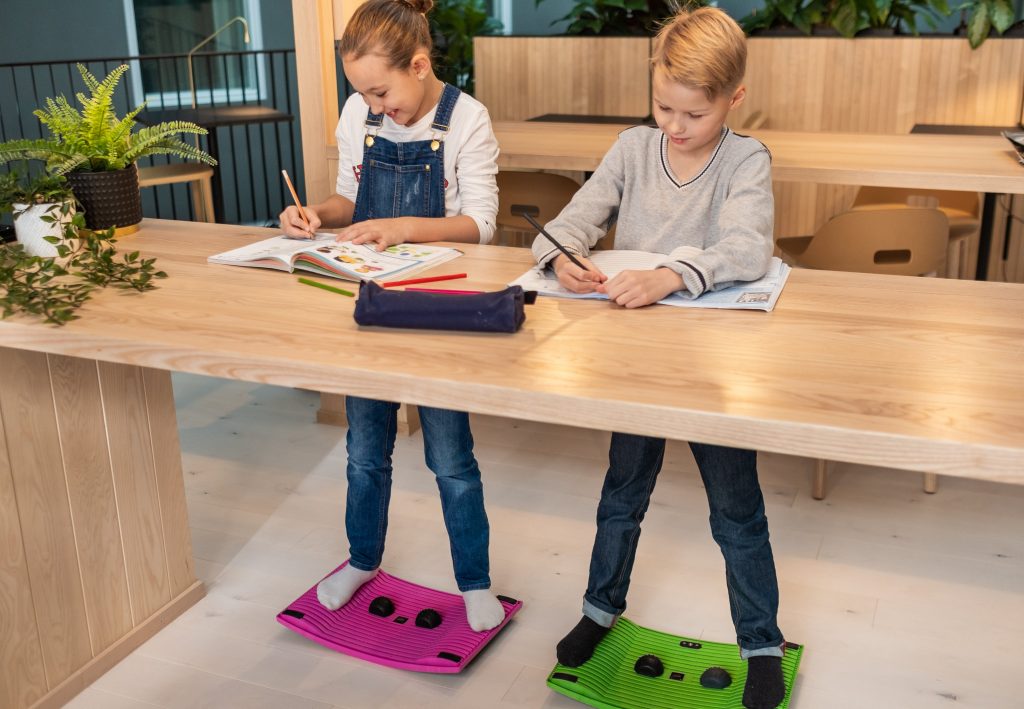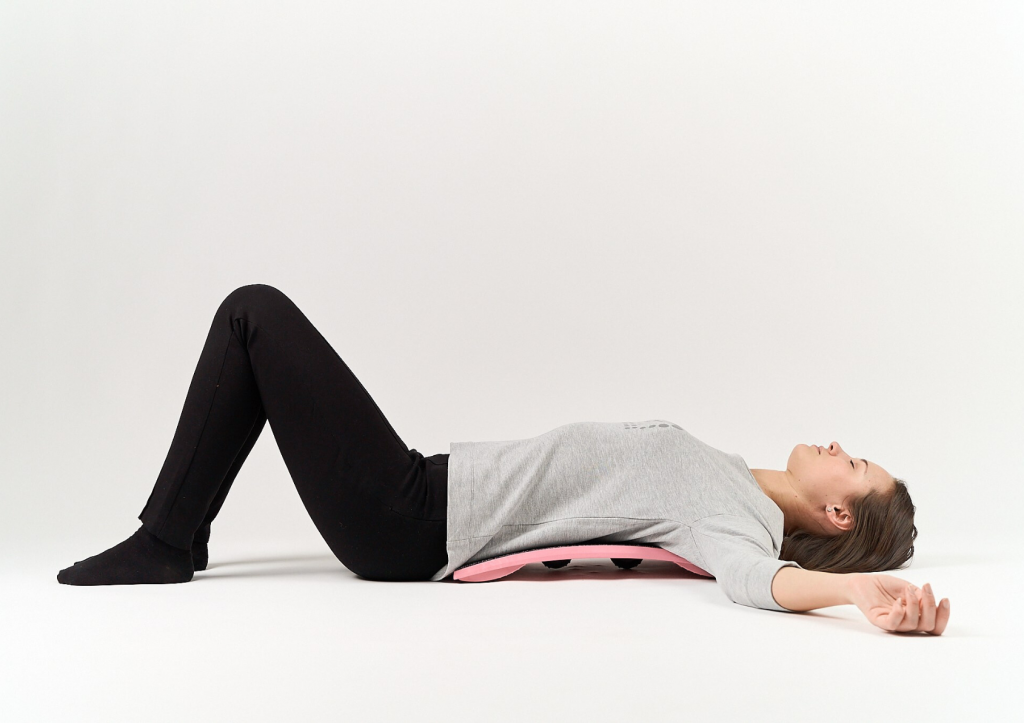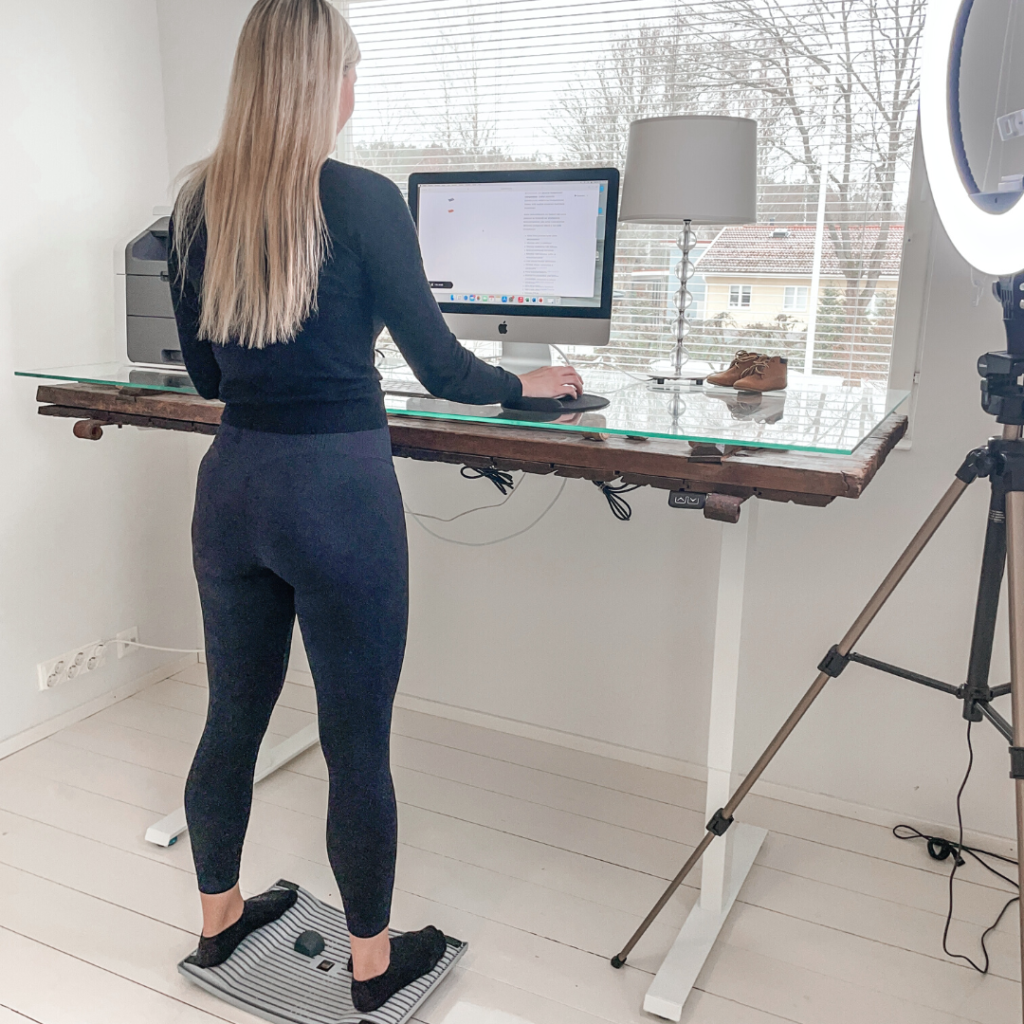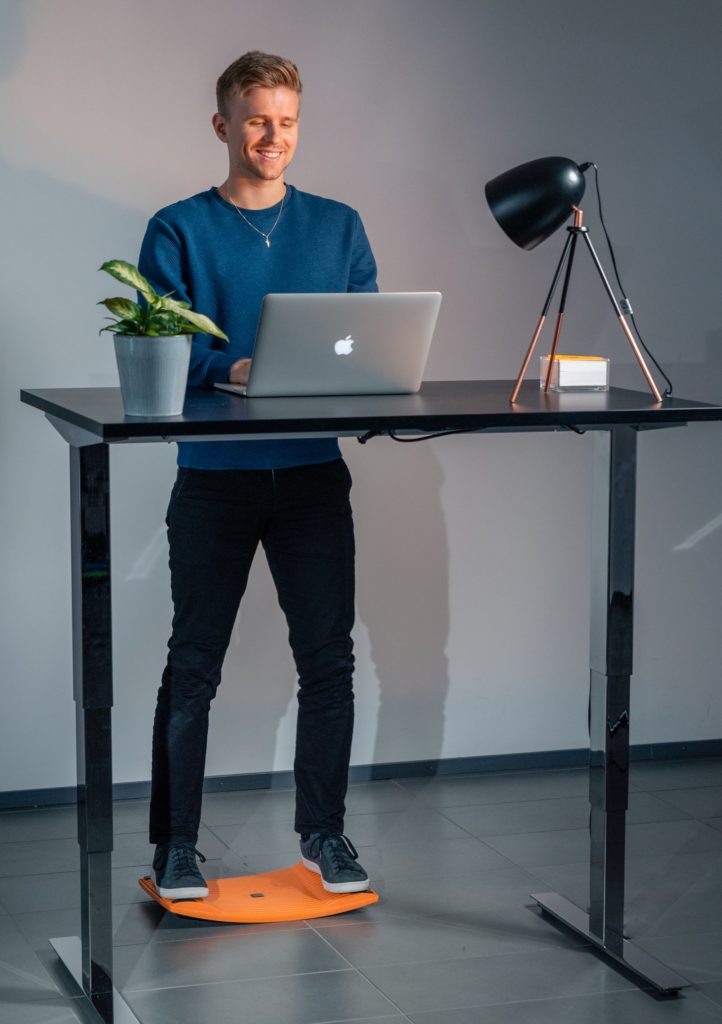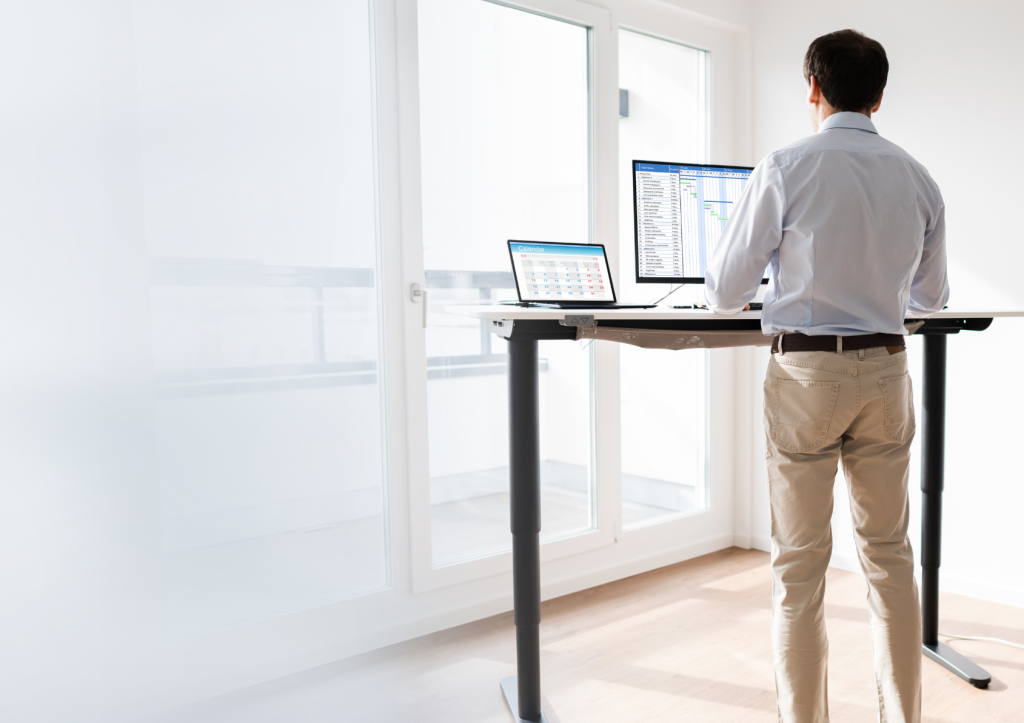From Beginners to Pros: Why Balance Training Matters at Every Level
Balance training sits at the core of physical fitness, yet many people overlook this fundamental skill until they experience problems. Whether you’re just starting your fitness journey or are a seasoned athlete, developing and maintaining good balance delivers benefits that extend far beyond simply staying upright. Balance training strengthens your entire body, prevents injuries, enhances athletic performance, and supports rehabilitation after injuries. Balance training works by engaging your neuromuscular system—the intricate network connecting your brain to your muscles. Each time you perform a balance exercise, your body activates proprioceptors, specialised receptors that sense your body’s position in space. These proprioceptors …

